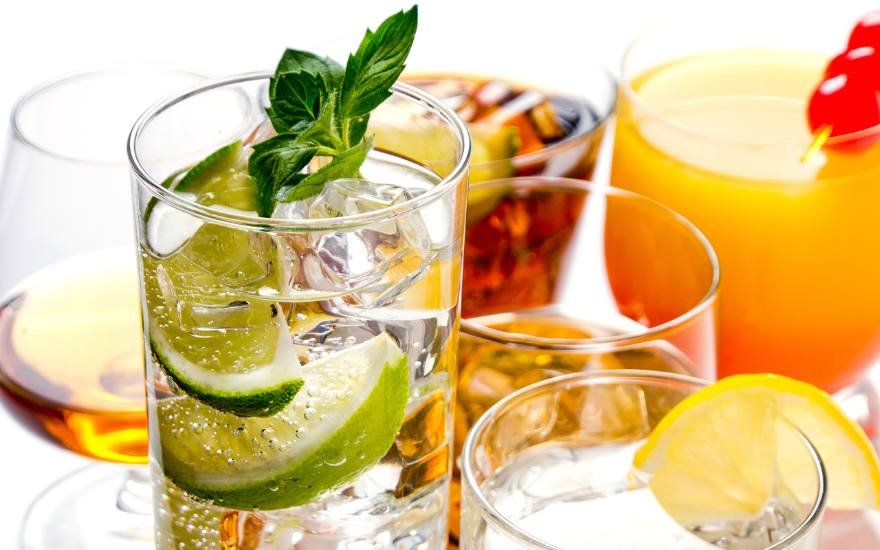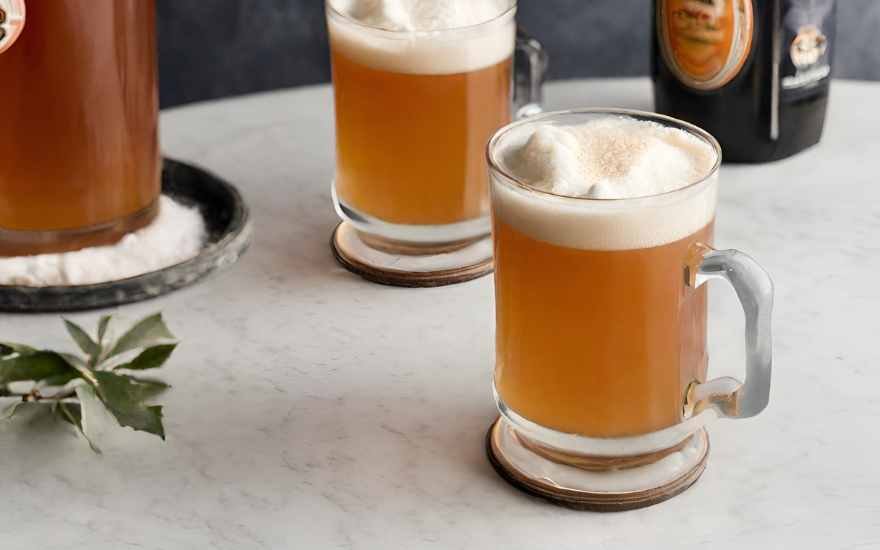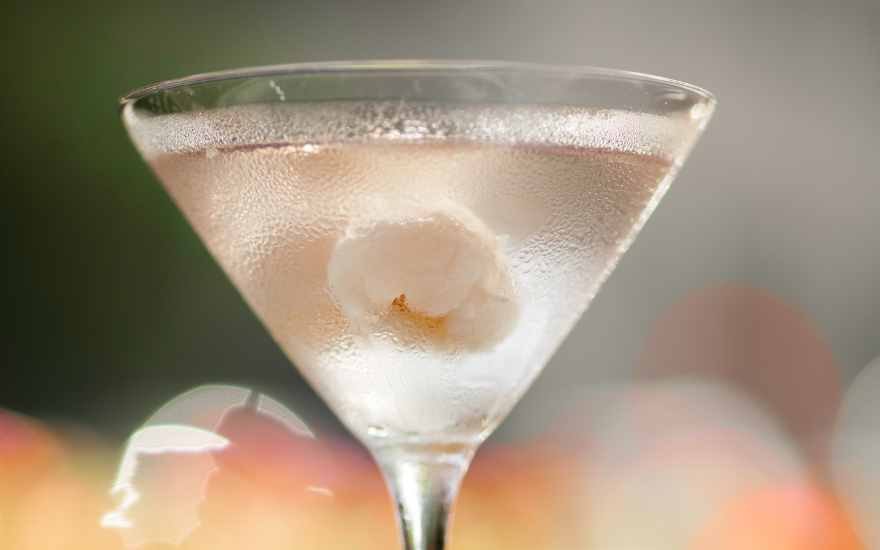If you’ve been cursed by a shot of nasty tequila like many of us have, you might think you need to really splash out to get something nice – but you really don’t. Sure, some high-end sipping tequilas can dent the wallet, but when it comes to cocktails, you need a robust tequila with great balance and smoothness… and there’s plenty of those under £30.
These seven stunning tequilas each provide something a little bit different to you cocktail experience, and we’ve paired them with an exquisite cocktail that they shine in. Let’s go agave diving!
El Tequileño Reposado
This Jalisco Reposado gives intense cooked agave notes, coated in a slightly bitter oak from three months of American oak casks. This maturation also delivers some lovely tobacco sweetness and subtle salted caramel. There are so many flavours going on without the use of additives that it’s impressive, especially at this price.
Size: 500ml
ABV: 38%
Find here: £22.95
The Mexican Mule
Ingredients
60ml/2oz El Tequileño Reposado
15ml/0.5oz fresh lime juice
2 dashes Angostura bitters
Top up with Ginger Beer
Method
Build over ice, preferably in a highball glass. Pour ginger beer to the top and finish with a lime wedge.
El Sueño Tequila Silver
This tequila is slightly different. We normally like to look for 100% agave, but this ‘mixto’ uses 70% agave with 30% locally-grown piloncillo, which is natural cane sugar. This isn’t a modern band trying to cut corners though, it’s backed up by five generations of tequila producers – and the purists that might swerve it are missing out. There’s plenty of vegetal agave, grapefruit tang and a nice underlying sweetness amazing for cocktails like this one.
Size: 700ml
ABV: 38%
Find here: £24.74
The Sueño Sunrise
Ingredients
50ml/1.75oz El Sueño Tequila Silver
200ml/6.75oz orange juice
15ml/0.5oz grenadine
Method
Shake the tequila and OJ with ice and pour. Gently add grenadine, pouring down the side so that it settles at the bottom. A maraschino cherry skewered is the perfect garnish.
Olmeca Reposado Tequila
This is an accessible Reposado leading with oaky agave. Candied orange brings a sweet citrus flavour and vanilla lingers too. It’s been highly praised at The Spirits Business awards and delivers an easy-to-love caramel flavour that’s dangerously moreish. Beautiful bottle too.
Size: 700ml
ABV: 35%
Find here: £24.39 (usually more!)
The Mango Margarita
Ingredients
45ml/1.5oz Reposado tequila
15ml/0.5oz triple sec
120ml/0.5 cup mango juice
Half a lime of juice
Salt for the rim
Method
Chill the Margarita glasses to frost them. Mix together everything in a shaker with ice. Then, using the condensation on the glass or lime juice, roll the rim in salt. Pour over fresh ice and garnish with a lime wedge. Salud!
Mundo Blanco Tequila
If you want to bring some serious complexity to your cocktails, then Mundo Blanco is perfect. Many drinkers use it as a sipping tequila because there are many earthy depths and fresh heights to familiarise yourself with. The agave nectar is a Highland/Lowland combo, so you get a really nicely rounded herbaceous and crisp profile. Top notch packaging too.
Size: 700ml
ABV: 35%
Find here: £27.75
The Paloma
Ingredients
50ml/1.75oz Mundo Blanco Tequila
25ml/0.8oz grapefruit juice
12.5ml/0.5oz lime juice
7.5ml/0.2oz agave syrup
50ml/1.75oz pink grapefruit soda
Wheel of grapefruit for garnish
Method
Shake everything except the soda with ice and strain into a tall glass. Pour your grapefruit soda in and finish with a gorgeous wheel of grapefruit.
Cazcabel Reposado
When it comes to tequila, Cazcabel definitely know their onions… or rather, their agave. They’re the best-selling brand in the UK and for good reason. Their Reposado has won big awards, aged in oak for 9 months to develop glorious earthy flavours coated in sweet cinnamon. Dried fruits dance with noticeably vegetal agave for bold flavour. Very fun to use in cocktails like the one below.
Size: 700ml
ABV: 38%
Find here: £27.90
Caballo
Ingredients
60ml/2oz Cazcabel Reposado
30ml/1oz pink grapefruit juice
10ml/0.3oz agave syrup
Wheel of grapefruit for garnish
Method
Simple – shake everything with ice and strain into chilled glass. Refreshing and delicious.
Rooster Rojo Reposado Tequila
The Mexican Rooster is here to wake you up. The blue agave are steam-cooked for 10 hours, before special yeast is added to the juices for 72 hours of fermentation before distillation. It’s rested in oak, before the water used is filtered through Mexican silver. It has lovely sweet flavour - think caramel and all spice.
Size: 700ml
ABV: 38%
Find here: £27.94
Tommy's Margarita
Ingredients
60ml/2oz Rooster Rojo Reposado Tequila
30ml/1oz fresh lime
15ml/0.5oz agave nectar
Method
Shake it with ice. Strain it into a chilled couple glass. Garnish with lime wedge. Simple and delicious.
Jose Cuervo Tradicional Silver
We couldn’t leave out the worlds oldest, and arguably biggest tequila brand. Slick, smooth and sweet, the nose delivers strong agave, which carries over on the palate with green pepper and lime. The balance is spot on which makes it a go-to for cocktail lovers.
Size: 700ml
ABV: 38%
Find here: £29.99 (usually more!)
The Matador
Ingredients
30ml/1oz Jose Cuervo Tradicional Silver
60ml/2oz pineapple juice
22ml/0.75oz lime juice
Method
Like most tequila drinks, this is a simple wet shake before a good strain. Tropical delight.
If you want to explore the absolute best this misunderstood spirit has to offer, then how about The Best Sipping Tequilas?
















































